3dprinting
Latest

A 3D-printed bridge is being built using reinforced concrete
3D printing is a massive category that covers everything from small, DIY, plastic projects to metal meant to be used in Boeing's 787 airplane. Yet another usage has come to light, courtesy of the Eindhoven University of Technology in the Netherlands. Researchers there have started manufacturing parts for a 3D-print reinforced concrete meant for a cycling bridge. When the construction is complete, it'll apparently be the first bridge to use 3D-printed, reinforced concrete (but not the first 3D printed bridge using other materials -- or even concrete itself. (The image above shows a 3D-printed concrete test done at the Nanyang Technological University in Singapore; the one below comes from the Eindhoven University of Technology.)

Formlabs makes high-quality, automated 3D printing more affordable
Your basic hobbyist 3D printer (technically known as Fused Deposition Modeling or FDM) is great for rapid prototyping because, while the objects it prints are a bit rough, the system and its associated printing costs are relatively inexpensive. However, if you want a more polished and professional-looking product, selective laser sintering (SLS) is the way to go. Problem with that is, of course, that the average SLS 3D printer is roughly the size of a small car and costs anywhere from $200,000 to $5 million. But, there's now a third option. 3D Printer manufacturer Formlabs announced on Monday that it will begin selling a scaled down SLS system that fits on a tabletop and costs 20 times less than other comparable printers.

A 3D printer gave my Nintendo Switch a real D-pad
Nintendo has a long history of building innovative game controllers -- the company put shoulder buttons on the SNES gamepad, added force feedback to the N64's bizarre controller and made a fad out of motion controls with the Wii. Its most enduring innovation, however, has always been the humble D-Pad: a simple plastic cross that lets players input eight different direction inputs with precision and ease. Strangely, however, this iconic control pad was left out of the Nintendo Switch's default controller design, and I miss it every time I play the system. So, I did what any reasonable tech blogger would do: I used a 3D printer to make my own Nintendo Switch D-pad.

Fashion and technology will inevitably become one
There's no denying that the technology world is obsessed with fashion. Amazon, Apple and Google, three of the biggest names in tech, are all trying to carve their own path into the fashion space. Apple's doing so with fancy smartwatches; Amazon with a shopping platform and voice-controlled cameras; and Google with conductive fabrics embedded in a smart jacket made by Levi's. And the interest is mutual. Fashion designer Karl Lagerfeld, Chanel's creative director, has expressed his love for tech by experimenting with partially 3D-printed pieces and runway shows that simulate a rocket launch. He's not the only one either. Zac Posen, with help from fashion house Marchesa, worked with IBM's Watson supercomputer to create a cognitive dress that lights up and changes colors based on activity on social media.
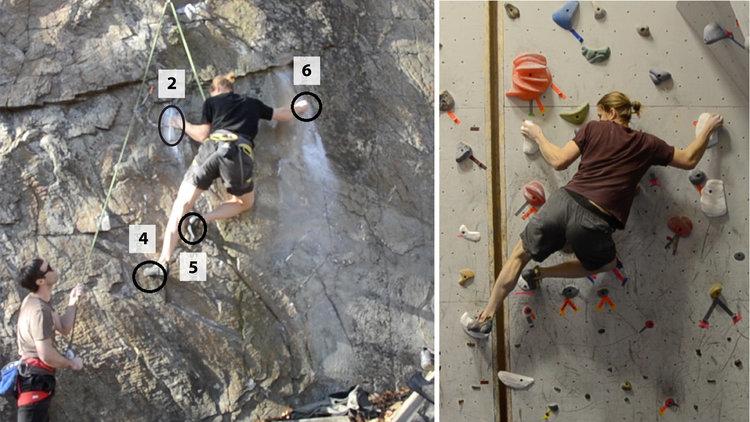
3D modeling helps gym climbers replicate real mountain routes
You can create a seemingly endless array of things with commercial 3D printers, but they won't be very durable. Dartmouth researchers developed a novel method combining multiple fabrication techniques to make robust, custom-made artifacts. The challenge they set themselves to test their new method? Simulating real-world rock walls by recreating every handhold using their process.
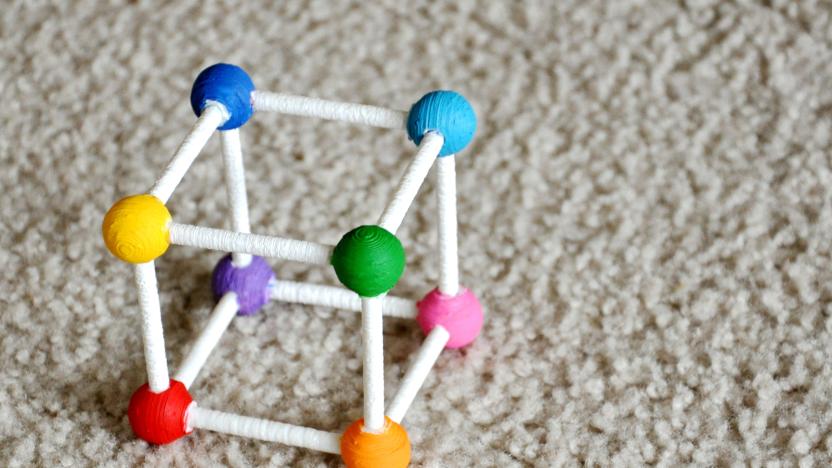
This colorful cube grounds virtual objects in the real world
You can't usually spin, stretch and otherwise manipulate virtual objects all that easily. You're often relegated to clicking and dragging on a mouse, and even exotic approaches like HoloLens or VR headsets introduce issues like lag. However, North Carolina State University has developed a simple solution that only requires a webcam and a little geometry. Their Captive technology revolves around a color-coded cube that sends visual cues to video recognition software -- all you have to do is rotate the cube to examine a virtual object, resize it or change textures.

MIT fires a rocket motor made using 3D-printed plastic
If you're going to 3D-print rocket parts, you'd want to make them out of metal to handle the stress, right? Not necessarily. MIT has successfully test-fired what it believes is the first completely 3D-printed rocket motor to be made with plastic casing. That's right -- an all too easily melted material was sitting a virtual hair's breadth away from super-hot propellant. It sounds like a recipe for disaster, but apparently it worked well -- it generated real thrust, and there was only a small amount of damage to the motor's throat after the initial run. A second test didn't fare so well (it would be useless for moving anything), but MIT hadn't intended for the motor to fire more than once.

ICYMI: The Hoff speaks for AI and MIT builds a mobile 3D printer
Today on In Case You Missed It: David Hasselhoff stars in a short film about an AI that takes over people's lives and decides what they should do and say. The kicker is that all of The Hoff's lines were written by -- you guessed it -- an AI. As M. Night Shyamalan would say, what a twist!
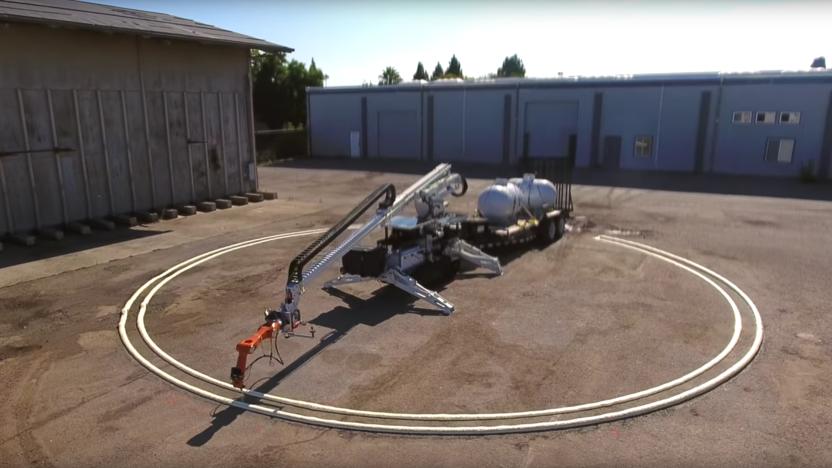
MIT's mobile 3D printer built the largest structure to date
Your next house could be built by a robot. Following the recent success of San Francisco-based startup Apis Cor, a team of MIT researchers have created a mobile autonomous 3D printer of their own. And to prove that the prototype works, the team had it build a 12-foot tall, 50-foot-wide igloo out of quick-setting foam -- the largest such structure made by a robot to date.

A 3D-printed patch could help you recover from a heart attack
Scientists have dreamed of easily patching up heart tissue in the wake of heart attacks, but there are always gotchas: for example, it's no mean feat to replicate the complex structures of real tissue. However, there may be a solution in sight. Researchers have produced a 3D-printed cell patch that can heal scarred heart tissue. The team used laser-based bioprinting to fit stem cells (based on adult human heart cells) to a matrix developed around a 3D scan of heart tissue's native proteins. When those cells grew, the matrix not only replicated the structures of regular heart tissue (down to 1 micron) but started beating in sync. And the early results are very promising.
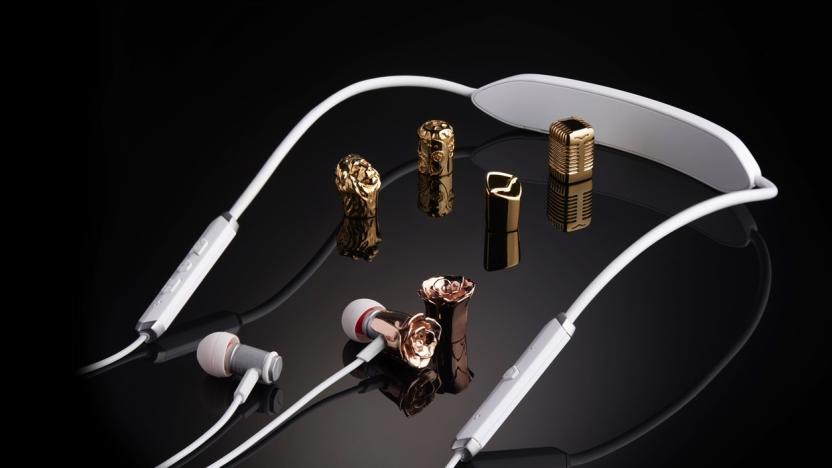
V-Moda's wireless earbuds pack fitness features in a familiar design
If what's been holding you back from a neck-worn set of earbuds is the bulky plastic horseshoe you need to wear with them, the folks at V-Moda would like a word with you. The thing is, the company claims the Forza Metallo are the "world's first ergonomic neckband headphones" but the form factor has been around for awhile. More than that, they look awfully similar to Jaybird's Freedom line of sport-minded earbuds with removable fins.

Adidas Futurecraft 4D shoes: The fourth dimension is hype
Adidas is getting serious about turning its 3D-printed concepts into consumer products. Last week, the sportswear giant revealed Futurecraft 4D, a sneaker designed partially with a manufacturing technology called Digital Light Synthesis, which creates 3D objects by mixing light and oxygen with programmable liquid resins. According to Carbon 3D, the Sillicon Valley firm who developed it, this process is capable of making "durable, high-performance" 3D parts, unlike other conventional 3D printing methods. In this particular case, that was used to make and shape the shoe's midsole, while the upper is made out of Adidas' Primeknit material.
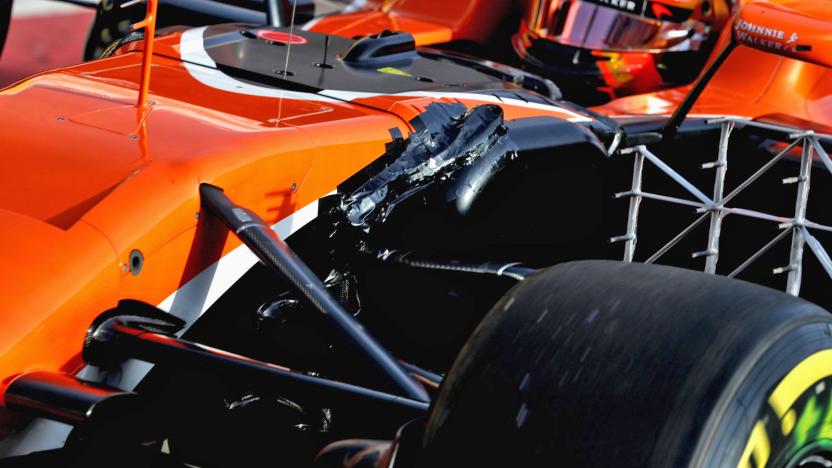
McLaren's F1 team will 3D print parts trackside
When McLaren Racing heads to the Bahrain Grand Prix next week, the constructor will take with it something the motorsport has not yet seen trackside: a 3D printer. The Formula One team has confirmed that as an expansion of its partnership with 3D printing specialist Stratasys, it will print "race-ready" parts for the new McLaren MCL32 car in order to quickly integrate design modifications and reduce its weight.

Adidas Futurecraft 4D starts a new era of 3D-printed shoes
Adidas is back with another sneaker based on a 3D-printed midsole, but this time the company says it's moving even closer to mass production. The Futurecraft 4D shoe will be the first one using Carbon's "Digital Light Synthesis" process. The Silicon Valley company's tech creates 3D items by blasting liquid with light, which Adidas says will allow it to operate on "a completely different manufacturing scale." The shoes themselves have a slightly different midsole than their predecessors too, matching last week's leaked model with a midsole that protrudes horizontally, increasing the visual 3D effect.

MakeVR turns the HTC Vive into a virtual design tool
Consumers are giving the Oculus Rift and HTC Vive a tepid reception, but organizations like NASA and BMW think the VR headsets are great for things like training and design. HTC is today launching MakeVR, a program built in collaboration with Sixense that lets you do modeling and sculpting in VR, then export the results to a CAD program or 3D printer. As we saw last month, it uses the Vive's controllers (and maybe the new trackers, more on that in a sec) to let you do freeform modeling and design.
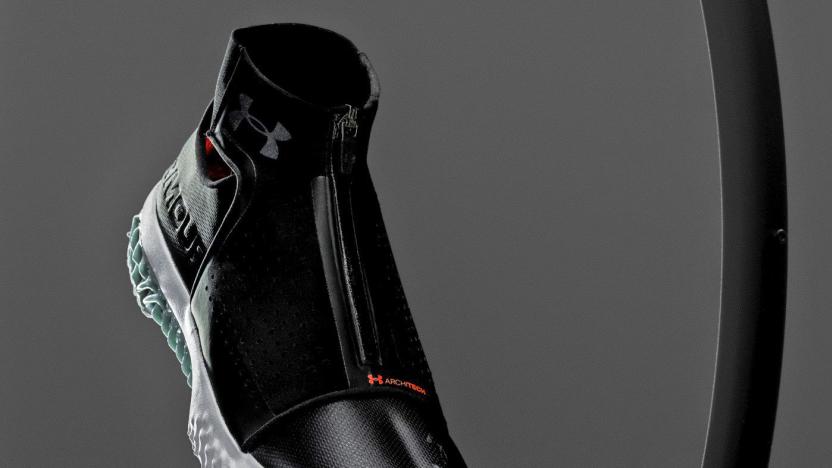
Under Armour's latest $300 3D-printed sneaker arrives March 30th
Last year Under Armour debuted a limited run (96 pairs) of Architech shoes with a 3D-printed midsole, and now it's continuing the line with the Futurist. Once again, that 3D printing is used to create a "dynamic lattice network" for cushioning but this time it's matched to a compression lace system that adds an external sleeve with a zipper and a UA SpeedForm upper for a very secure fit. Its "heel stability solution" is supposed to be steady enough for strength training, but versatile enough for whatever workout you're willing to attempt in this limited edition $300 sneaker.

V-Moda's Remix speaker can be customized with 3D-printed parts
V-Moda has been experimenting with 3D printing since 2015, when it started letting customers personalize their XS and Crossfade M-100 headphones with 3D-printed shields. Just in time to kick off the music section of SXSW, the company is now taking this a step further by introducing the Remix, a Bluetooth speaker that's customizable using 3D-printed parts made from different materials. They're sold separately and allow you to modify the speaker's housing, grille and sides, with prices ranging from $40 (fiber) to an insane $370,000 for a platinum version.
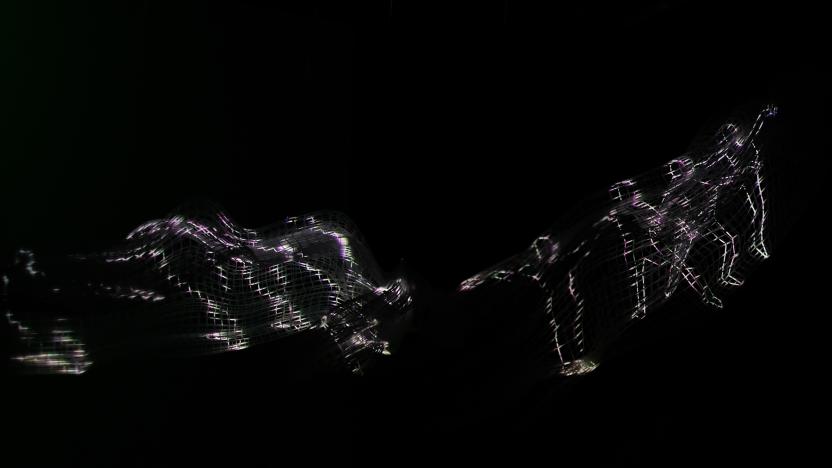
'Toki' uses 3D printing and projection to represent time
Akinori Goto is a stop-motion animator who has translated his art to work with modern materials and techniques. Goto creates smooth movement by passing simple light through highly complex wire mesh sculptures. He's one of several artists picked to exhibit their work at SXSW this year, and his installation, Toki, is one of the most impressive on display.
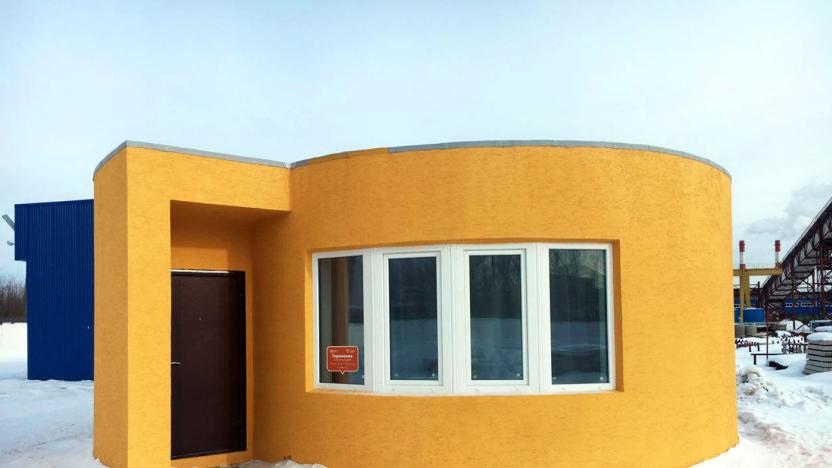
A San Francisco startup 3D printed a whole house in 24 hours
San Francisco-based startup Apis Cor built a whole house in a Russian town within 24 hours. It didn't repair an existing home or use prefabricated parts to make that happen -- the secret lies in 3D printing. The company used a mobile 3D printer to print out the house's concrete walls, partitions and building envelope. Workers had to manually paint it and install the roofing materials, wiring, hydro-acoustic and thermal insulation, but that didn't take much time.

Recommended Reading: AI and the future of music
We Are the Robots: Is the Future of Music Artificial? Jack Needham, FACT Artificial intelligence is invading more of our lives by the day and it's going to work making music as well. FACT takes a look at the use of robots for creative exploits and if we as a collective audience are ready for AI to compose our tunes.












